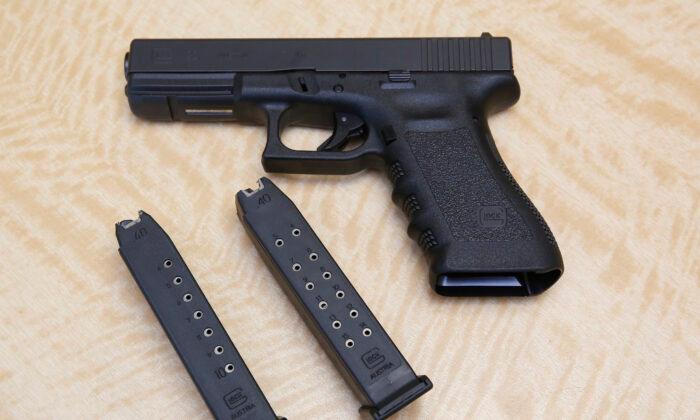Ranking member of the House Subcommittee on Space and Aeronautics Brian Babin (R-Texas) has said the United States has fallen behind its adversaries in the development of its space program and space weaponry and must encourage STEM studies to advance the U.S. space industry.
Babin said one of the main functions of the National Aeronautical Space Administration (NASA) is to educate the public and “to encourage young people to go into STEM [Science, Technology, Engineering, and Mathematics] studies.”
The Texas congressman said the United States has worked closely with Russia in space research, but since the Ukraine invasion, that has been somewhat strained.
“We certainly hope we can continue there,” Babin said, noting that China is more of a threat militarily.
“The Chinese, on the other hand, are absolutely on a track to surpass us in space. We don’t want them making the rules, so we have to make sure that we’re continuing the research and development, the funding of our space program.
“But I will say this, all of the developments that we have on our civil side enhance the warfighting domain for Americans on our defense side, but we haven’t pushed defense into the realm of space.”
“We’ve seen some of the tests where they’ve actually destroyed some of their own satellites up there to prove that they have the capability if there ever was a need for that,“ he said. ”And the warfighting domain has now reached space, and who controls that high ground will control the low ground as well.
“We have already seen some weaponry that has been tested by the Chinese hypersonic weapons, which we have no defense for. America has to be on ... our toes, if you will, to make sure that our space program is on track.”
“We have to make sure that we don’t allow ourselves to be behind in the development of these types of weapons,“ Babin said. ”We want to make sure that we are the number one military power in the world because, as the ancient Greeks said, if you want peace, prepare for war.”






